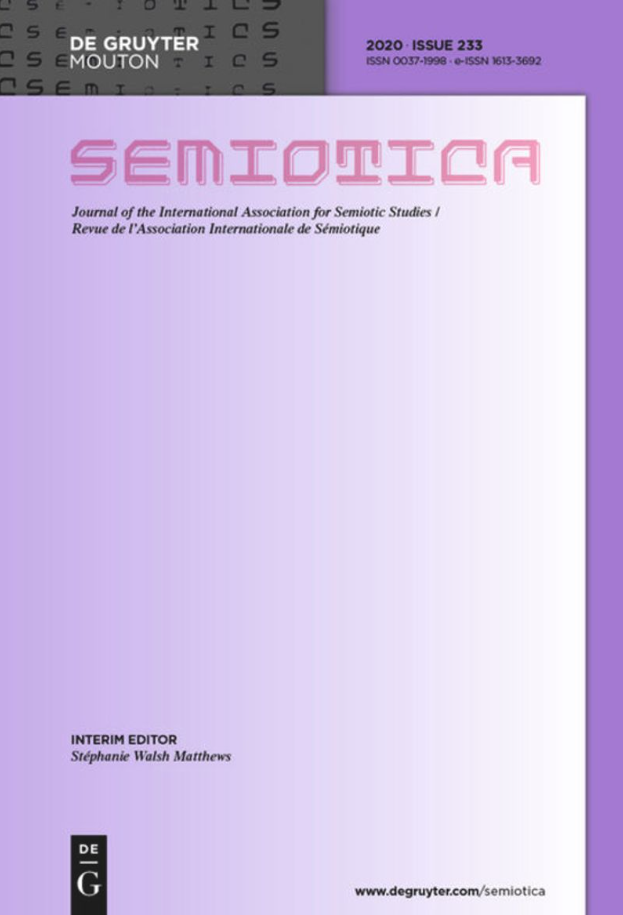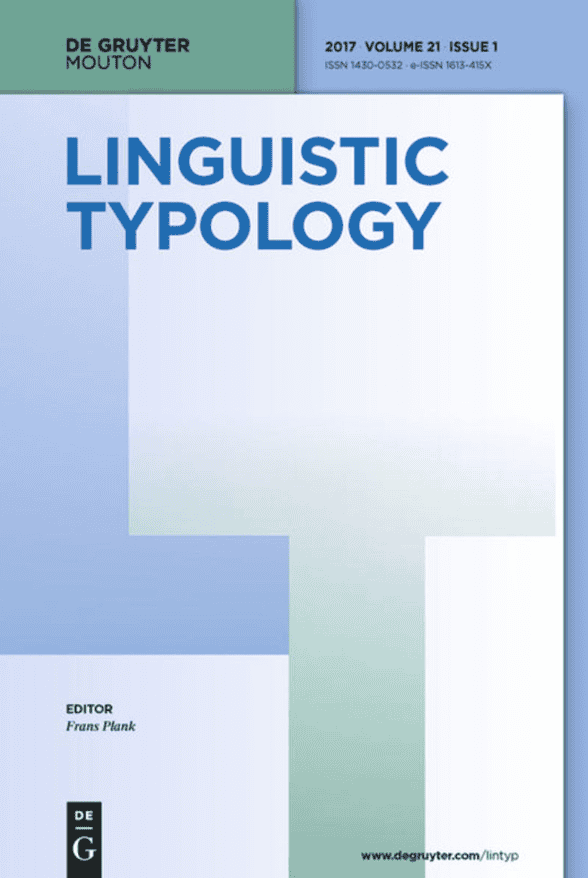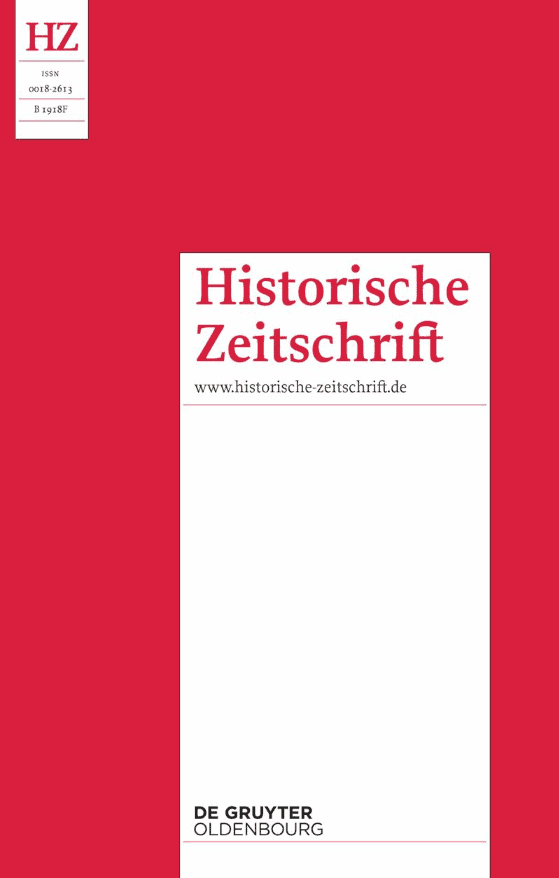Rethinking Accessible Research with Subscribe to Open: The Story So Far
De Gruyter’s Subscribe to Open (S2O) initiative opens academic research to a global audience without financial barriers. Explore how S2O empowers the academic community to share knowledge freely, fostering a sustainable open access model with a bright future.
To explore how DG2O can benefit you and your institution, visit our dedicated landing page for more details.
How do we find a fair, inclusive and sustainable way to open scholarship for all? At De Gruyter we’ve embraced S2O as a practical path forward. It’s a proven model that will help us transition 90% of our journals top open access (OA) over the next five years. As part of our S2O program, DG2O, we already have 21 titles transitioning to OA in 2024, with a further 37 scheduled to flip in 2025.
We believe in S2O as an equitable approach to widening access. It provides a seamless transition for all involved, without compromising financial sustainability or research integrity. Most importantly, we are positive that this model will benefit the entire academic community, and we’d like to take this opportunity to explain how.
Understanding S2O
In the S2O model, libraries or institutions subscribe to a journal or publication. Every year, S2O journals that meet their subscription targets can publish new volumes under a Creative Commons license – complete and immediate open access. Not enough subscribers? The journal then goes back behind the paywall to ensure its financial viability.
By maintaining ‘traditional’ subscriptions for libraries and institutions, S2O allows them to contribute to opening scholarship simply by continuing their subscriptions, without taking on risks or higher fees. And while subscribers retain exclusive access to journal archives, a global readership will benefit from new research that becomes freely available, year after year.
Key benefits of the model include:
- Enhanced access: Research becomes freely available to all, broadening its reach and deepening its impact.
- Financial stability: Subscription revenue remains central, ensuring that fluctuations in OA funding do not threaten the journal’s viability.
- No author fees: S2O avoids article processing charges (APCs), ensuring a fair and level playing field for authors.
- Global reach and impact: The model particularly benefits under-resourced research communities, who gain free access to high-quality scholarship.
Our commitment to expanding the DG2O portfolio is the cornerstone of our open access strategy. As a leading publisher in the humanities and social sciences, we are especially thrilled to throw our weight behind a model that offers comprehensive coverage for almost all disciplines and journals. Since switching to S2O, several De Gruyter journals have experienced significant growth in readership and visibility while securing their financial sustainability.
Spotlight on Zeitschrift Für Soziologie
Zeitschrift für Soziologie publishes articles from all areas of sociology that aim to be of general interest to the broader sociological community. In recent years, the journal has continued to thrive. In 2022, Hajo Holst, Agnes Fessler and Steffen Niehoff received the Fritz Thyssen Foundation prize for social science articles for their work titled “Covid-19, Inequality, and (Gainful) Work: The Relevance of Social Class in the Pandemic.” Additionally, in 2023, Manuel Dieterich was awarded the Christel Hopf Prize by the DGS Section for Methods of Qualitative Social Research for the best qualitative methodological article, titled “Urban Threat Figurations: Boundary-Making In and Across Unequal Neighborhoods.”
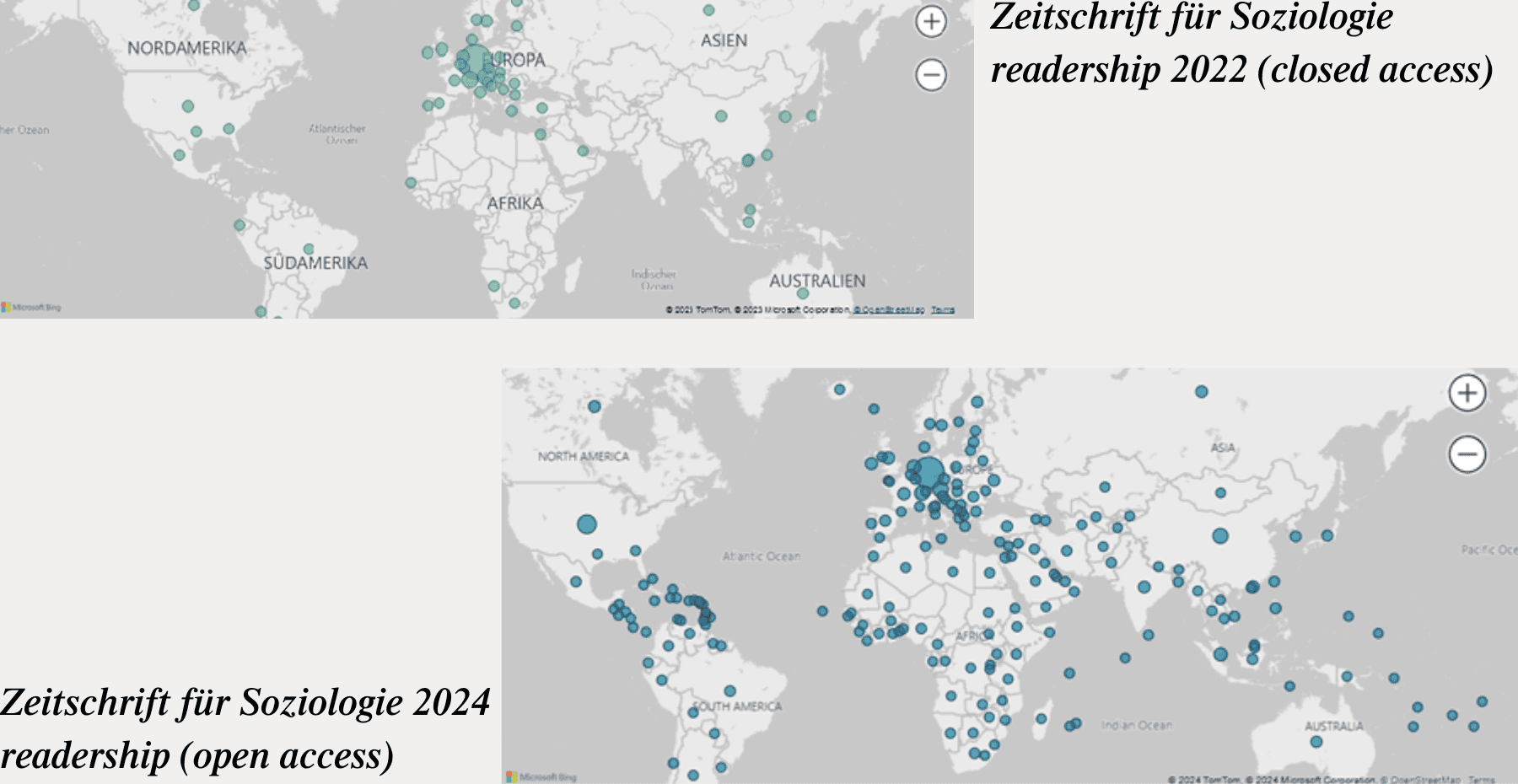
Since the journal transitioned via Subscribe to Open in 2022, its readership has become more geographically diverse than ever before, jumping from 28 countries in 2021/22 to 66 countries in 2024. This underscores the value of open access for readers and researchers around the world. To break this down further:
- Consistent growth: Nearly 29% year-on-year growth for two consecutive years demonstrates robust demand and strong engagement.
- Increased reach: The steady increase in monthly usage indicates growing interest. Readers continue to find value in the journal.
- Positive momentum for 2025: With sustained monthly averages in 2024, this momentum sets a promising stage for further growth.
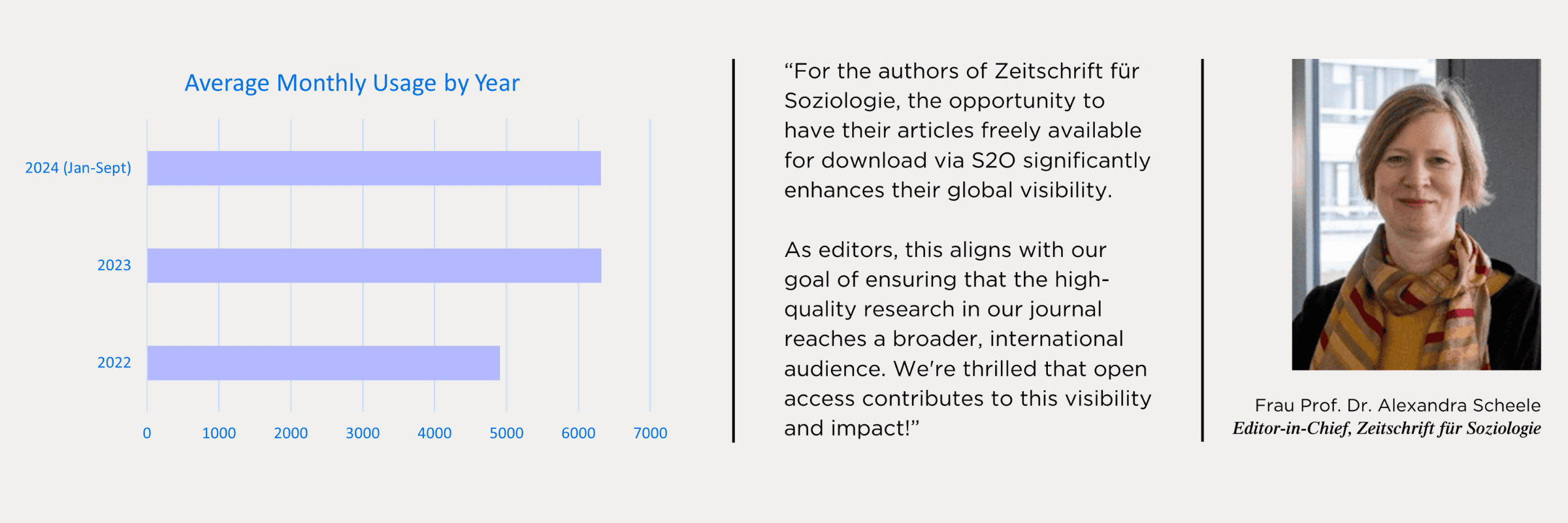
Further Editorial Perspectives on S2O
Semiotica
Learn more about Semiotica and S2O in this Open Access Week interview with Professor Leone and Dr Gabriele Marino.
Linguistic Typology
Historische Zeitschrift
Building a Sustainable Future for Open Access
As we continue this journey with DG2O, we invite librarians, researchers, authors, readers and editors to join us in building a more accessible future for scholarly publishing. We believe Subscribe to Open offers a sustainable path forward that meets the complex needs of today’s global academic community.
If you’d like to learn more, our recent webinar for Open Access Week 2024 explores the benefits, challenges and common misconceptions surrounding open access and Subscribe to Open. It provides practical insights for researchers looking to navigate this evolving landscape.
You are currently viewing a placeholder content from YouTube. To access the actual content, click the button below. Please note that doing so will share data with third-party providers.
[Title Image by da-kuk/Getty Images]

